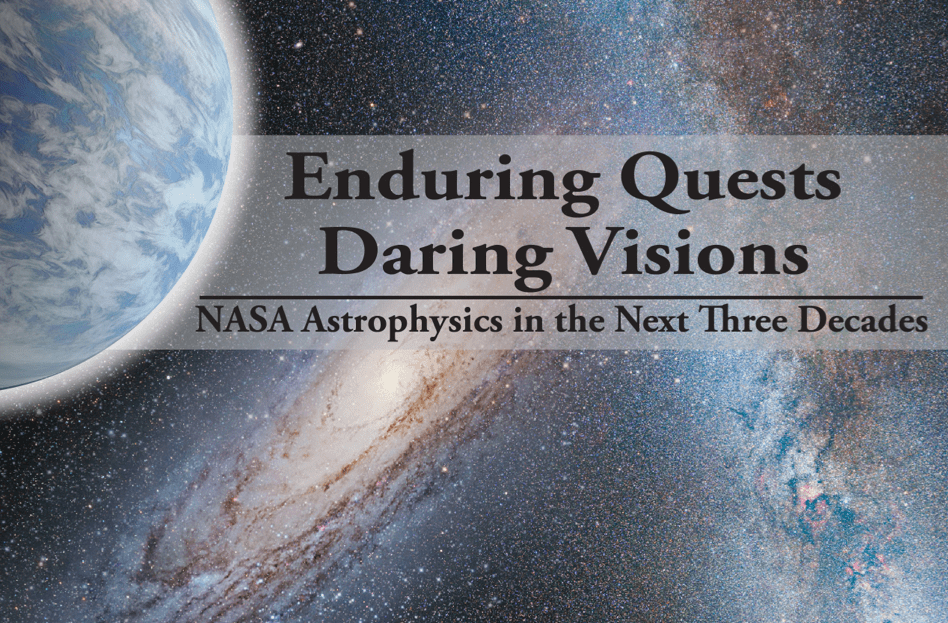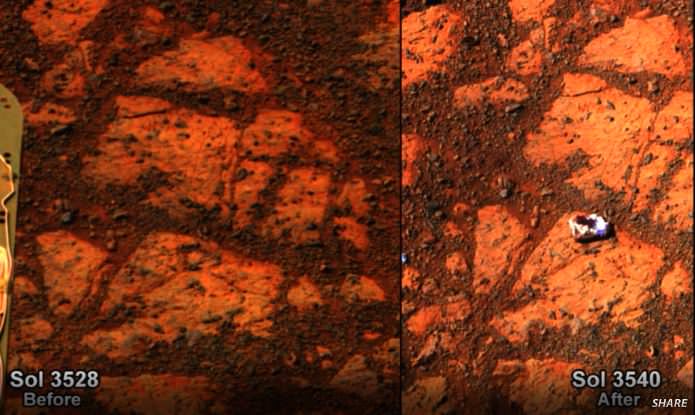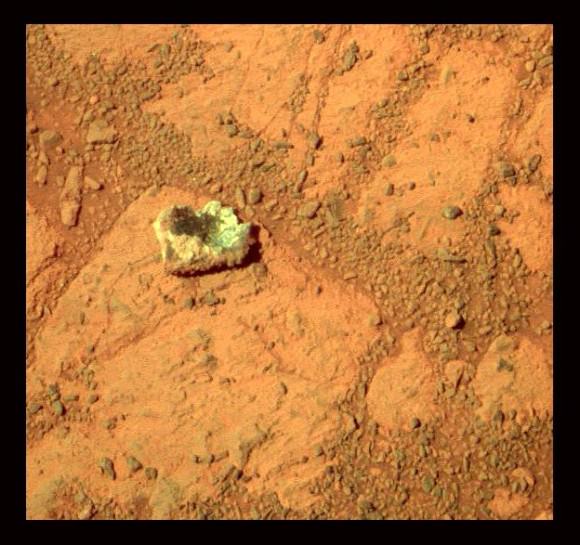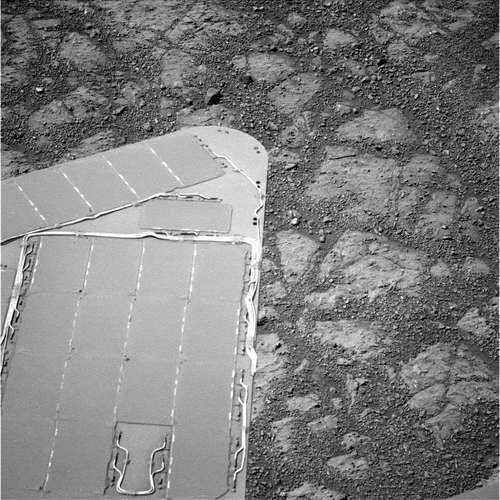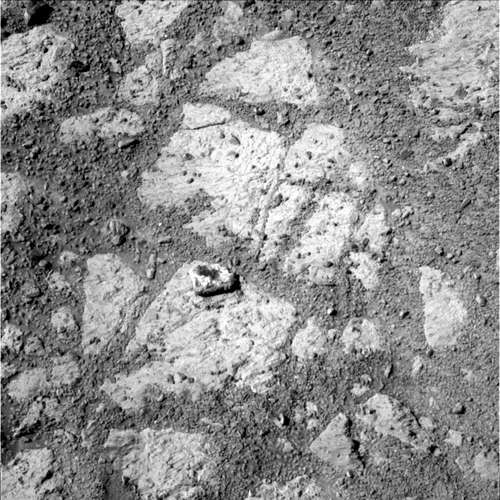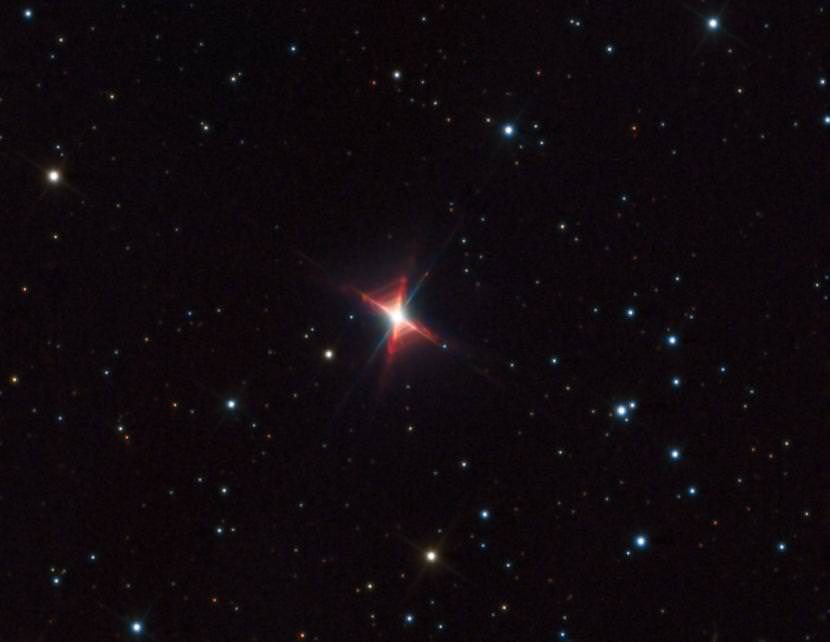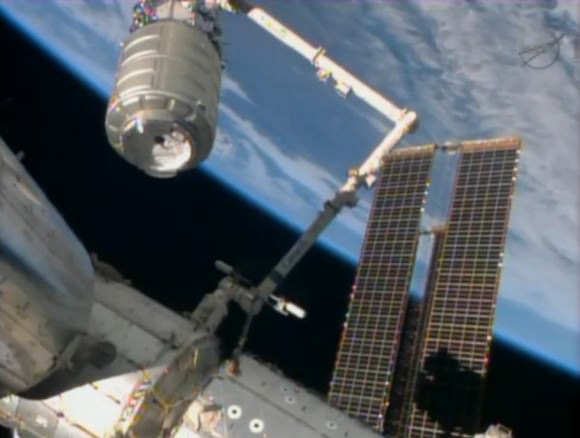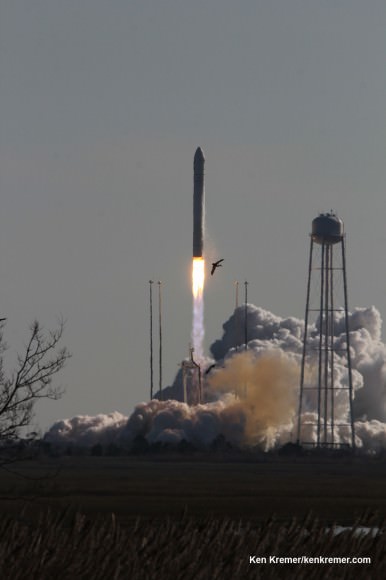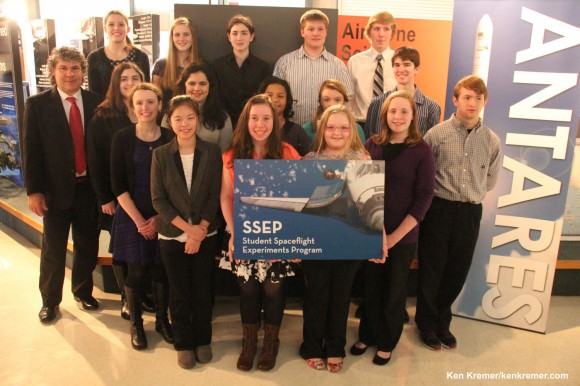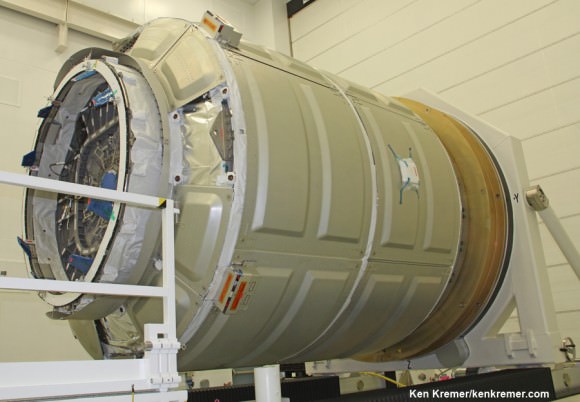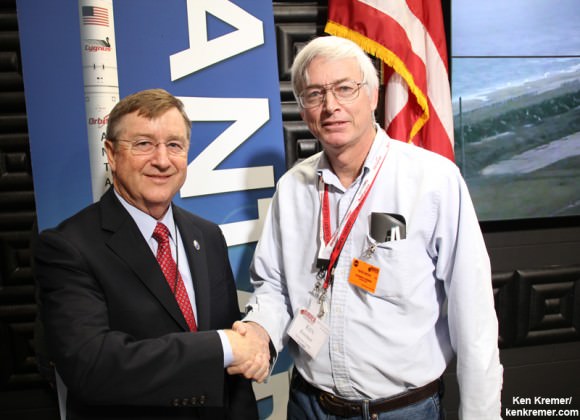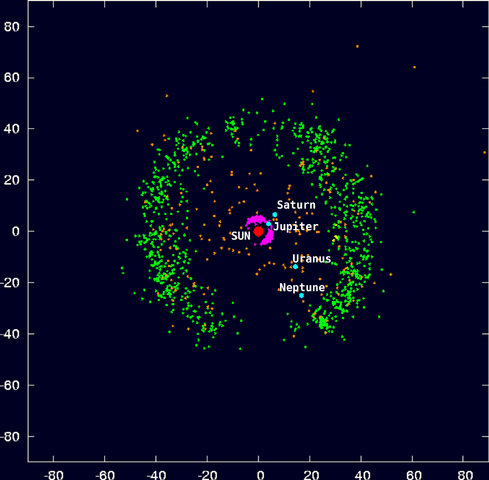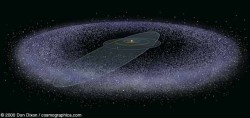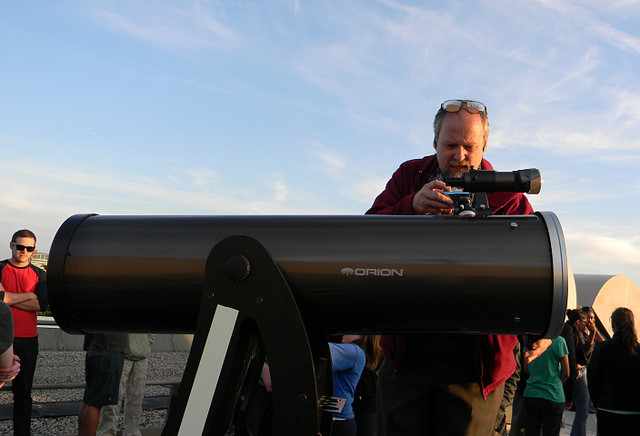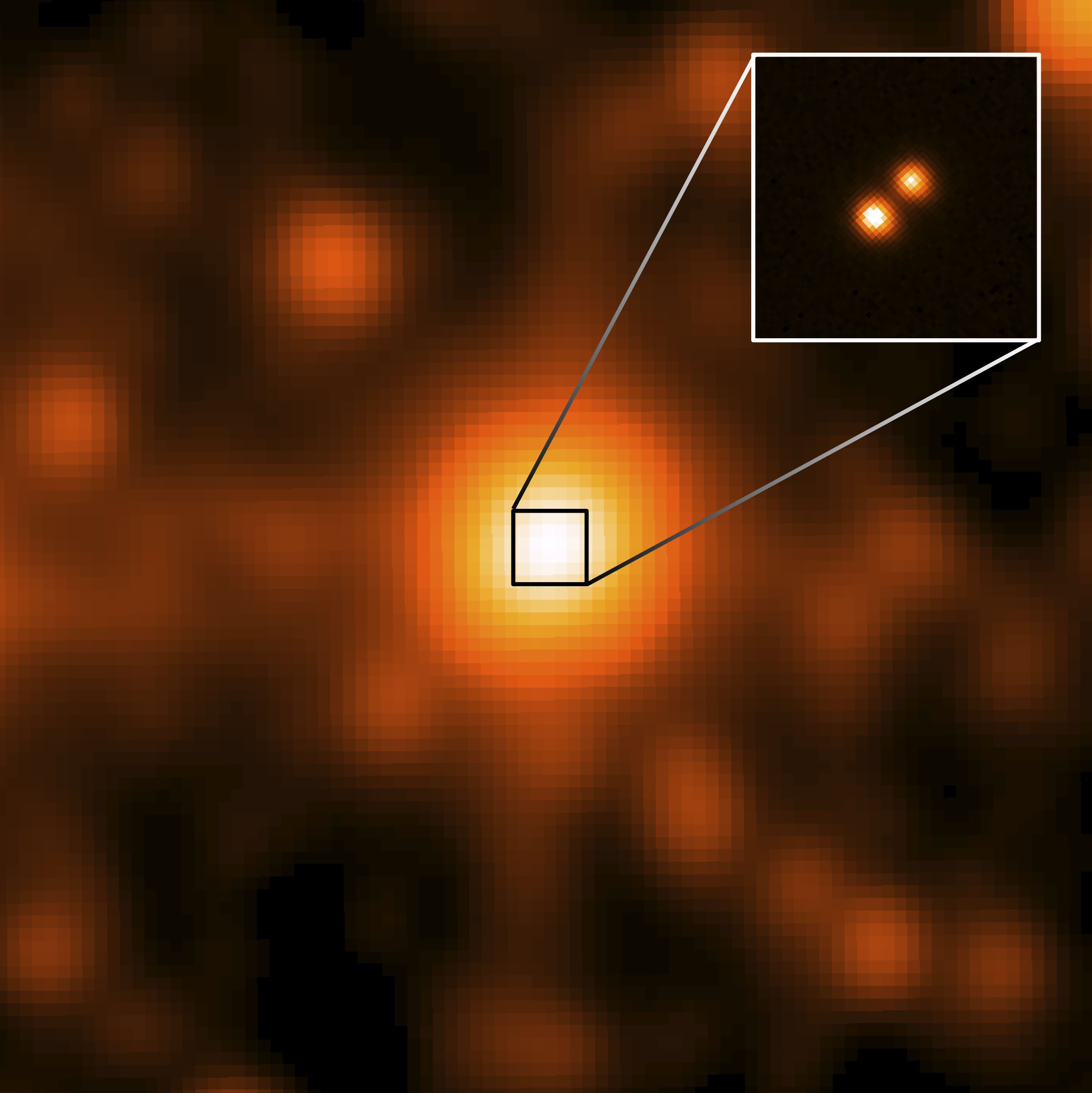Three decades ago we were unaware that exoplanets circled other stars. We had just started talking about dark matter but remained blissfully ignorant of dark energy. The Hubble Space Telescope was still on the drawing board and our understanding of the life cycle of stars, the evolution of galaxies, and the history of the Universe was shaky.
But over the past three decades we have discovered thousands of exoplanets around other stars. We have mapped the life cycle of stars from their formation in beautiful stellar nurseries to their sometimes explosive deaths. We have seen deep into the history of the Universe allowing us to paint a picture of galaxies growing from mere shreds to the incredible spiral structures we see today. We now believe dark matter dominates the underlying framework of the Universe, while dark energy drives its accelerating expansion.
The amount of growth over the past three decades has been dramatic. To better access what the next three decades will bring, NASA has laid out a roadmap — a long-term vision for future missions — necessary to advance our understanding of the Universe.
In March 2013, the NASA Advisory Council/Science Committee assembled a group of astronomers who would determine the goals and aims of NASA for the next 30 years. The final product is this so-called roadmap officially titled “Enduring Quests Daring Visions — NASA Astrophysics in the Next Three Decades.”
The roadmap first notes three defining questions NASA should continue to pursue:
— Are we alone?
— How did we get here?
— How does the Universe work?
“Seeking answers to these age-old questions are enduring quests of humankind,” the roadmap states. “The coming decades will see giant strides forward in finding earthlike habitable worlds, in understanding the history of star and galaxy formation and evolution, and in teasing out the fundamental physics of the cosmos.”
In order to better address these questions, the roadmap defines three broad categories of time: the Near-Term Era, defined by missions that are currently flying or planned for this coming decade, the Formative Era, defined by missions that are designed and built in the 2020s, and the Visionary Era, defined by advanced missions for the 2030s and beyond.
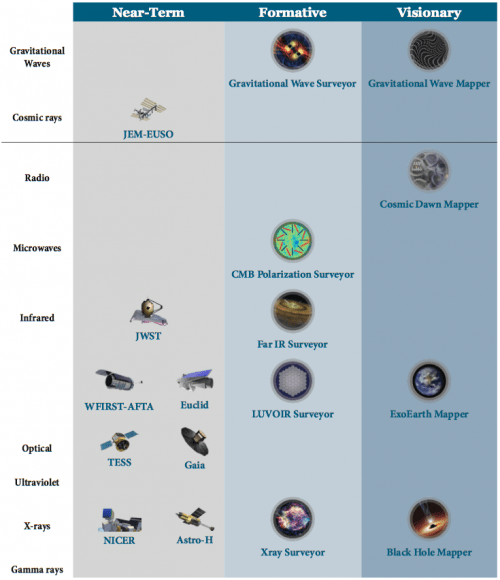
Are we alone?
The Near-Term Era’s goal is to develop a comprehensive understanding of the demographics of planetary systems. The Kepler mission has already supplied a plethora of information on hot planets orbiting close to their parent stars. The WFIRST-AFTA mission — a wide-field infrared survey planned to launch in 2024 — will compliment this by supplying information on cold and free-floating planets.
The Formative Era’s goal is to characterize the surfaces and atmospheres of nearby stars. This will allow us to move beyond characterizing planets as Earth-like in mass and radius to truly being Earth-like in planetary and atmospheric composition. A proposed mission that allows a large star-planet contrast will directly measure oxygen, water vapor, and other molecules in the atmospheres of Earth-like exoplanets.
The Visionary Era’s goal is to produce the first resolved images of Earth-like planets around other stars. The roadmap team hopes to identify continents and oceans on distant worlds using optical telescopes orbiting hundreds of kilometers apart.
How did we get here?
The Near-Term Era will use the James Webb Space Telescope to supply unprecedented views of protostars and star clusters. It will resolve nearby stellar nurseries and take a closer look at the earliest galaxies.
The Formative Era will trace the origins of planets, stars and galaxies across a spectrum of wavelengths. An infrared surveyor will resolve protoplanetary disks while an X-ray surveyor will observe supernova remnants and trace how these incredible explosions affected the evolution of galaxies. Gravitational wave detectors will untangle the complicated dance between galaxies and the supermassive black holes at their centers.
The Visionary Era will peer nearly 14 billion years into the past when ultraviolet photons from the first generation of stars and black holes flooded spaced with enough energy to free electrons. The James Webb Space Telescope will provide an extraordinary means to better view this threshold.
How does the Universe work?
The Universe is full of extremes. Conditions created in the first nanoseconds of cosmic time and near the event horizons of black holes cannot be recreated in the lab. But the Near-Term and Formative Era’s goals will be to measure the cosmos with such precision that scientists can probe the underlying physics of cosmic inflation and determine the exact mechanisms driving today’s accelerating expansion.
The Visionary Era may use gravitational wave detectors to detect space-time ripples produced during the early stages of the Universe or map the shadow cast by a black hole’s event horizon.
The past 30 years have shown a dramatic growth in knowledge with unimaginable turns. Even with such a detailed framework laid out for the next 30 years, it’s likely that many missions are currently beyond the edge of the present imagination. The most exciting results will be drawn from the questions we haven’t even thought to ask yet.
And as with any of the recent “roadmaps” that the various divisions throughout NASA have presented, the biggest question will be if the funding will be available to make these missions a reality.
Again, this 110-page read may be found here.
The roadmap team consists of Chryssa Kouveliotou (NASA/MSFC), Eric Agol (University of Washington), Natalie Batalha (NASA/Ames), Jacob Bean (University of Chicago), Misty Bentz (Georgia State University), Neil Cornish (Montana State University), Alan Dressler (The Observatories of the Carnegie Institution for Science), Scott Gaudi (Ohio State University), Olivier Guyon (University of Arizona/Subaru Telescope), Dieter Hartmann (Clemson University), Enectali Figueroa-Feliciano (MIT), Jason Kalirai (STScI/Johns Hopkins University), Michael Niemack (Cornell University), Feryal Ozel (University of Arizona), Christopher Reynolds (University of Maryland), Aki Roberge (NASA/GSFC), Kartik Sheth (National Radio Astronomy Observatory/University of Virginia), Amber Straughn (NASA/GSFC), David Weinberg (Ohio State University), Jonas Zmuidzinas (Caltech/JPL), Brad Peterson (Ohio State University) and Joan Centrella (NASA Headquarters).

